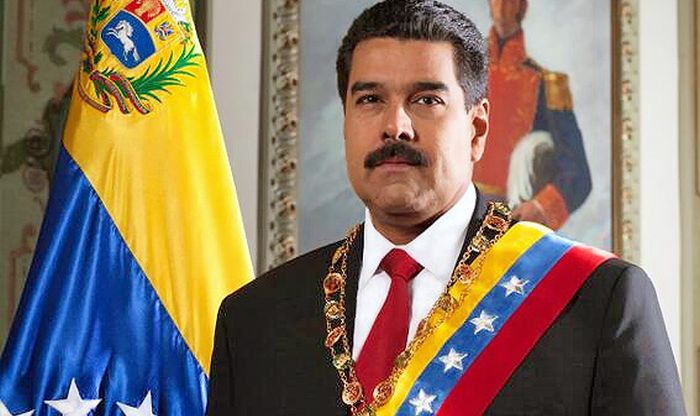Bank Indonesia plans to launch a ‘national stablecoin’
Bank Indonesia plans to release its own version of a “national stablecoin” backed by government bonds. The digital securities will be backed by the digital rupiah.
- Bank Indonesia plans to issue tokenized government bonds backed by the digital rupiah, described by Governor Perry Warjiyo as Indonesia’s “national version of a stablecoin.”
- The initiative reflects Indonesia’s push to strengthen the rupiah and join the regional stablecoin race as the OJK tightens oversight amid record currency lows.
According to a report by CNBC Indonesia, Bank Indonesia Governor Perry Warjiyo announced that the central bank is working to develop digital central bank securities, which are tokenized versions of Indonesia’s government bonds or SBN. The financial product is going to be paired together with the bank’s digital rupiah, its central bank digital currency.
At the Indonesia Digital Finance and Economy Festival and Fintech Summit 2025 in Jakarta on Oct. 30, Warjiyo described the product as “Indonesia’s national version of a stablecoin,” considering the model is similar to how some stablecoins are backed on a 1:1 ratio with U.S government bonds.
“We will issue Indonesian central bank securities in digital form, a digital currency backed by government bonds, which is Indonesia’s national version of a stablecoin,” said Warjiyo in his speech.
This means that Bank Indonesia’s digital securities will be derived from the digital rupiah and backed by government bonds. The central bank has been working on the digital rupiah, the nation’s central bank digital currency since as early as 2022.
By the end of 2024, Bank Indonesia had completed the first phase of the digital rupiah, called the “Immediate State.” With the end of this phase, the central bank has completed the Proof of Concept for its Wholesale Rupiah Digital Cash Ledger.
Bank Indonesia plans to integrate the digital rupiah with the country’s existing payment systems and financial market infrastructure, supporting both domestic and cross-border transactions.
Bank Indonesia gravitates towards stablecoins
The development of the digital rupiah alongside a stablecoin backed by governments bonds aligns with the Bank Indonesia’s three pillars. Bank Indonesia aims to expand acceptance and innovation, strengthen industrial structures, and maintain industrial stability.
The declaration from Bank Indonesia Governor Perry Warjiyo marks the first instance of the central bank’s growing interest to pursue a stablecoin venture to raise the rupiah’s standing in the global financial system.
Indonesia’s Financial Services Authority known as OJK had previously highlighted the spike in stablecoin usage in Indonesia, which grew prominent following the fall of the Indonesian rupiah to Rp16,850 per U.S dollar in April 2025, surpassing previous record lows for the currency.
Although stablecoins have not yet been recognized as an official payment option in Indonesia, the OJK has acknowledged its significant role in terms of utility and transaction volume.
“The OJK ensures that stablecoins are included in the exchange monitoring system and the supervision of each trader. We have established certain rules that must be met,” said Head of the Financial Sector Technology Innovation, Digital Financial Assets, and Crypto Assets Department at the OJK, Dino Milano Siregar to CNBC Indonesia.
Siregar stated that OJK has implemented several regulations that industry players must comply with, including compliance with anti-money laundering principles and the obligation to submit regular reports by traders.
That being said, Bank Indonesia appears to be playing catchup to other major states which have also expressed interest in developing stablecoins backed by their local currencies.
Other Asian countries including Hong Kong and China have been pushing for local currency-backed stablecoins to combat the U.S dollar’s domination over the stablecoin market.
A report from Hong Kong’s Legislative Council revealed that the special administrative region is seeking support from the Chinese central government to explore the development of offshore Renminbi-backed stablecoins. On the other hand, both Hong Kong and China have also accelerate developments on their respective digital currencies, the e-HKD and the digital yuan.
You May Also Like

EU Gears Up for Final Pressure on Russia with 19th Sanctions Wave

Venezuela Plans To Add Bitcoin And Stablecoins To The National Banking System

